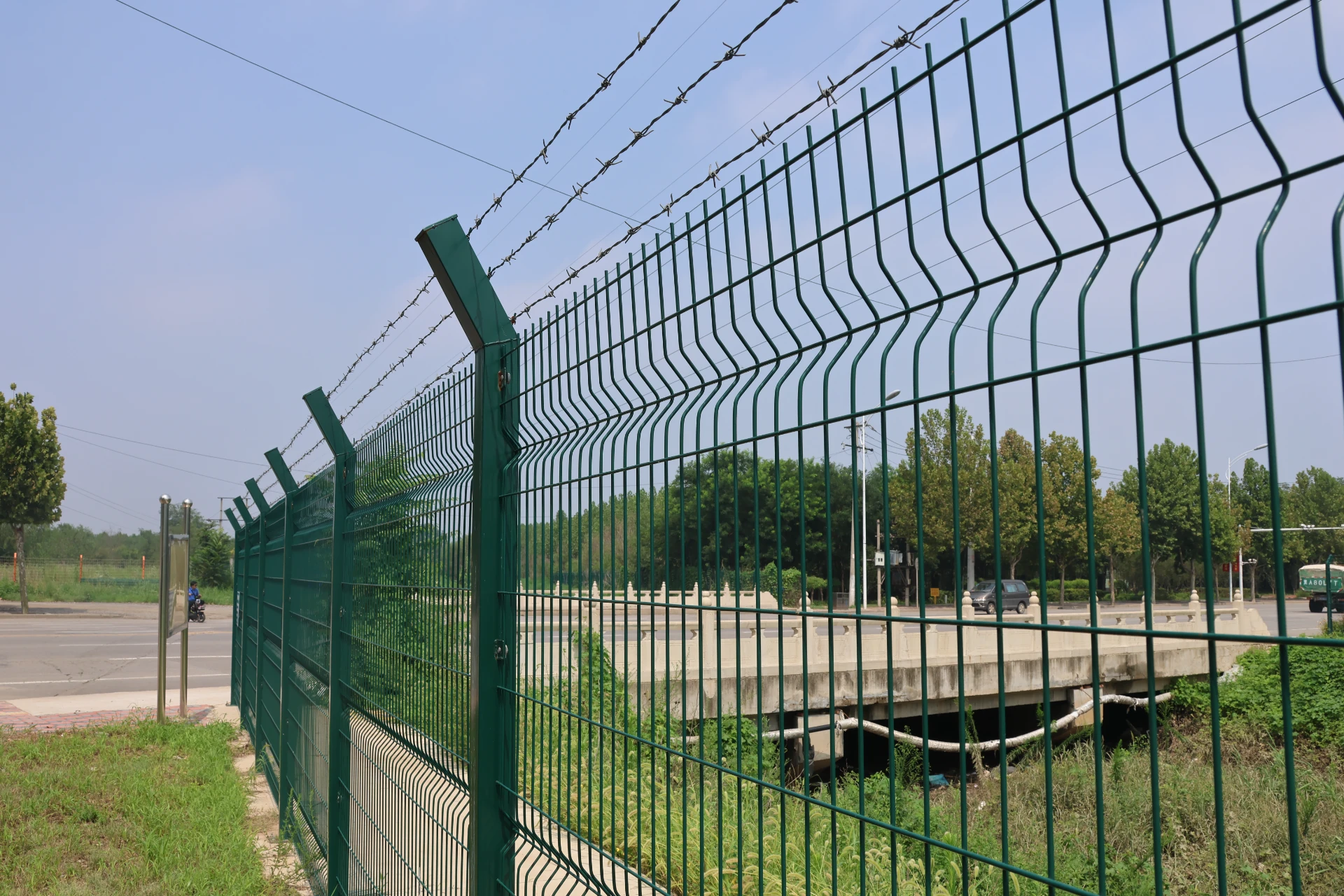Custom Wire Mesh Solutions | High-Quality Wire Mesh Dimensions
Understanding Wire Mesh Dimensions A Comprehensive Guide
Wire mesh is a versatile material used across various industries, from construction and agriculture to filtration and security. Its strength, flexibility, and durability make it an optimal choice for numerous applications. However, to maximize its effectiveness, understanding wire mesh dimensions is crucial. This article aims to explore the key factors that determine wire mesh dimensions, helping you make informed choices for your specific needs.
1. Wire Diameter
The wire diameter plays a critical role in determining the strength and durability of wire mesh. Typically measured in gauge or millimeters, a thicker wire provides improved tensile strength, which is essential for applications that require load-bearing capabilities. For instance, in construction, using a thicker wire mesh can support heavier loads, while a thinner wire might suffice in lighter applications, like garden fencing. Knowing the intended use of the wire mesh will guide you in selecting the appropriate wire diameter.
The aperture size refers to the openings created by the intersecting wires in the mesh. This dimension is crucial, especially in filtration applications, where the size of the apertures affects the flow of materials. Smaller apertures can trap finer particles, making them ideal for applications such as screen printing and filtration systems. Conversely, larger apertures are suited for applications requiring more significant airflow or visibility, such as outdoor fencing. Assessing the specific needs of your project will help determine the optimal aperture size.
3. Mesh Count
wire mesh dimension

The mesh count indicates the number of openings per linear inch (or centimeter) and provides insight into the density of the wire mesh. A higher mesh count results in a finer mesh, while a lower count yields a coarser mesh. For example, in construction and architectural applications, a lower mesh count may be preferred for structural reinforcement, while higher counts are ideal for applications requiring detailed filtration or screening. Understanding mesh count will ensure you select a product that meets your aesthetic and functional requirements.
4. Sheet Size
Wire mesh is available in various sheet sizes, which can affect ease of installation and compatibility with existing structures. Standard sheet sizes typically include dimensions like 4x8 feet, but custom sizes are also available upon request. When selecting a sheet size, consider the area you intend to cover and any cutting or shaping that may be required. Larger sheets may minimize the number of joints, enhancing the integrity of the installation, while smaller sheets might be easier to handle.
5. Materials and Coatings
The materials used to manufacture wire mesh can significantly influence its performance. Common materials include stainless steel, galvanized steel, and aluminum, each offering unique benefits. For instance, stainless steel is known for its corrosion resistance, making it ideal for outdoor or marine applications. Additionally, coatings such as PVC or powder coating can enhance durability and aesthetics, further tailoring the product to meet your needs.
Conclusion
Understanding wire mesh dimensions is essential for anyone considering its use in their projects. By taking into account wire diameter, aperture size, mesh count, sheet size, and material options, you can select the right wire mesh for your specific application. With the correct dimensions and specifications, wire mesh can provide enhanced performance, durability, and value across various applications. Whether for construction, filtration, or security, the right wire mesh choice can considerably impact your project's success.
-
Space-Saving Chain Fence Hacks Vertical Gardening with Cyclone MeshNewsJul.16,2025
-
Innovations in Iron Nail Wire Production for Modern ConstructionNewsJul.16,2025
-
Creative Uses of Wire Netting Fence in Modern Landscape DesignNewsJul.16,2025
-
Barbed Wire Fence Innovations in Anti-Climb TechnologyNewsJul.16,2025
-
Architectural Uses of Umbrella Nails for Aesthetic Roof DesignsNewsJul.16,2025
-
Architectural Uses of Razor Barbed Wire in Secure Urban DesignNewsJul.16,2025




